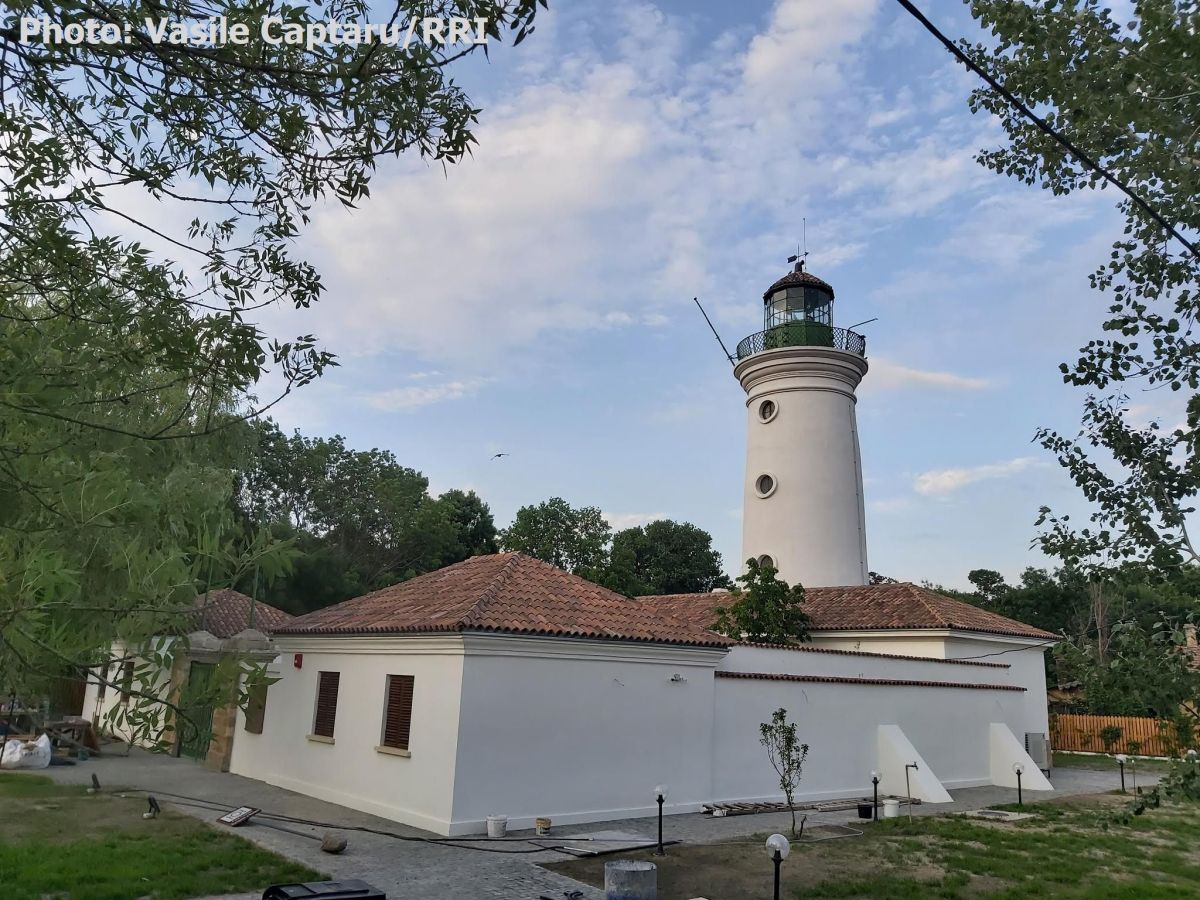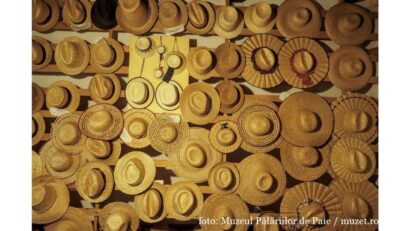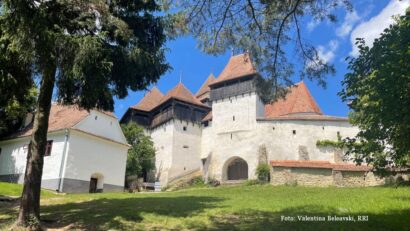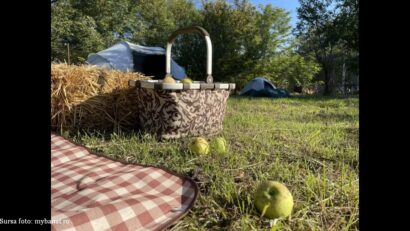Sulina
Sulina is the easternmost point of Romania, a riverside city on the Black Sea, but also on the Danube, a port that in 1904 was home to 18 nations, as documents of the time show.

Ana-Maria Cononovici, 31.07.2025, 12:00
Ștefan Ivanov, the president of the Association of Pleasure and Fast Transport Boat Operators, recommended Sulina, saying that it can be admired in all seasons: “The Danube Delta can be visited in all four seasons. People most often visit the Delta in the summer, but it is very beautiful also in spring, autumn and winter. We had tourists who love nature and wanted to see the Delta during the winter. Sulina has a lot to offer in every season. In the summer season, visitors of Sulina can enjoy the sea and the very, very fine sand on sunny days; they can go kayaking; they can practice slow tourism, so to say, as we promote it, not aggressive one-day tourism. Tourists can visit the Letea Forest area, with subtropical influences, and admire the sand dunes. We also have the Caraorman Forest and the large lakes: Puiu, Roșu, Roșuleț. You can spend an entire week here without getting bored.”
After a 4-kilometer kayak trip on a so-called Lovers’ Canal, an adventure in which ducks or coots jumped out of the reeds at the approach of less experienced kayakers, we talked to Călin Ene, a wilderness tour guide, about such experiences, starting from Sulina: “This canal has no name, some call it the Willow Canal, some call it the Lovers’ Canal, the Canal from Mile Three (Mila Trei). It is a wild canal, although it is very close to Sulina. It is exactly the same delta of yore, this canal is clogged. It is wilderness right at the city gate. That’s why I like it a lot. The canal has a nice fauna, you can see there the European penduline tit, bee eaters, and herons, there are many night herons. It is a very, very spectacular canal! It is exactly what you need if you want to see the Delta and the wilderness.”
Dragoş Ioniţă is the owner of a guesthouse in Sulina and he told us about the port city and the dishes that delight many tourists: “Sulina is the place where the Danube meets the sea. You have the Delta, you have history, you have traditions, you have peace and quiet and you can enjoy nature to the fullest. As to the culinary delights we boast many fish dishes but our top dish which is vey tasty is the baked turbot. It is our best product. Of course, we have everything that means traditional Delta cuisine from fish brine, to fish stew, to carp on cabbage, fried crucian carp, and anchovies. We got inspiration from the Italian bruschetta and put the anchovy on toasted bread and made a product called ‘Delta bruschetta’.”
Passionate about the city’s past, Gheorghe Comârzan created a private collection here, brought together in the Old Sulina Exhibition, an opportunity to discover the history of the place, from ancient times to the present: “Welcome to the Old Sulina collection. I named it ‘Lost on the Path of Oblivion’. Here you can see a painting by the painter Octav Postolache, who was also the director of the House of Culture in Sighetu Marmatiei. The exhibition includes original objects that I have collected over time, bought from the locals or inherited from the family, bought on the internet, such as these postcards. I donated part of the collection to the Farul Vechi (Old Lighthouse) Museum in Sulina. Here you can see an original newspaper page, from 1861, this is where the story of Sulina begins.”
You can also find postcards, photographs from all times, either with personalities or with ordinary people of the place, bricks stamped with the manufacturer’s logo, testimonies from the time when the most spoken language in Sulina was Greek, then from the era of the “European Danube Commission”, when the language of communication was French, and the local ladies dressed according to the French fashion, inspired by Marie Claire magazines, and the gentlemen dressed according to the English fashion, which is why fashion magazines from the beginning of the 19th century, or fashion notebooks from the 18th century can also be found here.
Besides nature, in Sulina you can admire the old Genoese lighthouse, near the Musura Gulf and the place where the Danube flows into the Black Sea. You can also admire the Old Lighthouse of Sulina, built at the beginning of the 19th century by the Ottoman authorities, administered between 1897 and 1939 by the European Danube Commission, which turned into a museum in 2003. The exhibition presents, through documents and photographs, the history of Sulina during the period of the European Danube Commission and the lives of two prominent personalities of the city: the conductor George Georgescu and the writer Jean Bart. The multi-confessional cemetery is another tourist attraction. (LS)






























